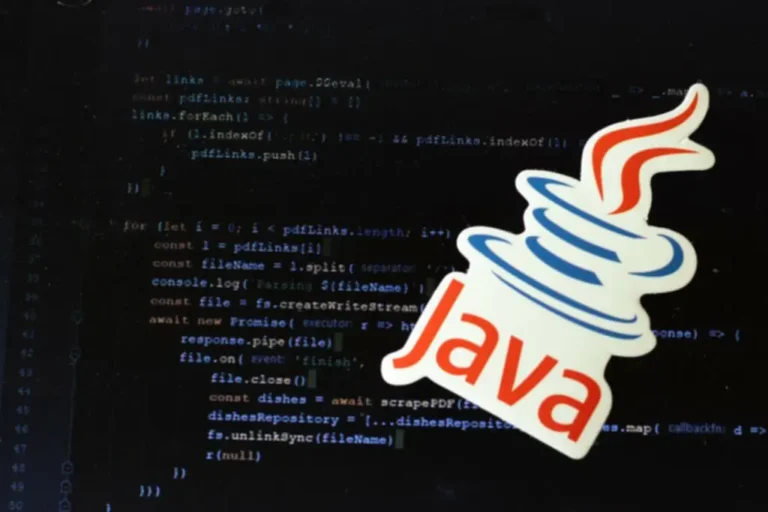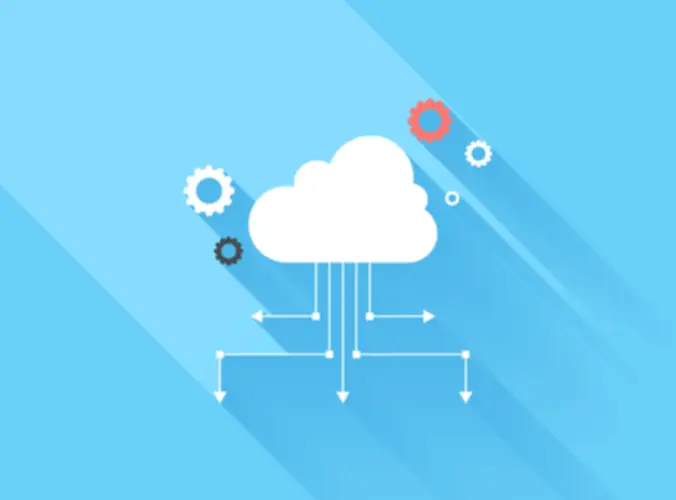This capability permits much more containers to run on the same compute capacity as a single VM. This functionality drives higher server efficiencies and, in flip, reduces server and licensing prices. A lot of terms get thrown round in phrases of containerization, however we’ll break it down into its easiest components. Containerization is a new means of packaging functions and their dependencies, which boils all the method down to advantages of containerization isolated processes working on a number OS.
- For instance, an attacker may exploit a vulnerability in a single microservice to achieve a foothold in the system and then pivot to different services to escalate privileges or steal delicate data.
- Administrators can easily create and manage these “isolation constraints” on every containerized utility by way of a simple consumer interface.
- Each software offers unique features and capabilities to suit varied deployment eventualities and infrastructure necessities.
Hybrid Cloud And Containerization
Cgroups grew to become Linux containers (LXC), with extra superior features for namespace isolation of parts, such as routing tables and file methods. An LXC container can mount a file system, run instructions as root, and procure an IP tackle. This means you could have the identical setting from improvement to production, which eliminates the inconsistencies of manual software program deployment. It is essentially how to hire a software developer a distribution of Kubernetes that provides numerous enterprise-grade options, including developer instruments, integrated CI/CD capabilities, and a comprehensive safety framework. OpenShift additionally integrates with the broader Red Hat ecosystem, including its enterprise Linux distribution and its middleware suite.
History Of Application Containerization

In order to shore up containers in order that applications can each run efficiently and bug-free in diverse environments and stay secure, there are a quantity of easy pieces of advise builders and operators ought to keep in mind. Yet containers have a big attack surface, as they tend to include complex applications that use parts which talk with each other over the network. To the standard vulnerabilities launched by various software parts, add different security gaps created by misconfigurations, which result in inadequate authorization points. These vulnerabilities won’t be restricted to the top layer of the application. Organizations might even choose to share frequent libraries and different recordsdata amongst containers to additional cut back the overhead.
Scalability And Quick Deployment
Container technologies—including Podman, Skopeo, Buildah, CRI-O, Kubernetes, and Docker—help your staff simplify, velocity up, and orchestrate utility development and deployment. Best safety practices include a zero-trust technique that assumes a complex network’s safety is at all times susceptible to external and internal threats. Kubernetes permits developers and operators to declare the specified state of their total container environment by way of YAML information. Container orchestration with Kubernetes is also essential to continuous integration and continuous delivery (CI/CD) or the DevOps pipeline—which would be unimaginable with out automation. Instead of virtualizing the underlying hardware, container technology virtualizes the working system (typically Linux) so each container accommodates solely the application and its libraries, configuration files and dependencies.
Want To See Information Protection In Action?

This feature not only drives higher server efficiencies but in addition reduces server and licensing costs while rushing up begin instances, as there is no working system as well. Under the hood, meaning containers include all of the binaries, libraries, and configuration an app requires. As a end result, containerization has turn into a cornerstone of growth pipelines and utility infrastructure for a variety of use instances. Understanding what containerization is, and tips on how to implement it securely, can help your group modernize and scale its expertise stacks.
To get a greater idea of exactly how containerization works, let’s take a more in-depth look at how all of the items — from hardware to the containerized software — fit collectively. Each has its strengths and weaknesses, so choosing the right one is essential. The stored image can be deployed in any environment the place the Docker platform is installed, facilitating consistent deployment across various settings. To a sure degree, containerization may help improve security as a result of purposes are higher isolated than once they run on bare steel. Containers are additionally protected by insurance policies that dictate their privilege levels. Red Hat does a lot of work on container applied sciences with the higher open supply community.
Containers may also be used as sheds or storage areas in industry and commerce. As a end result, the Port of San Francisco essentially ceased to perform as a significant commercial port, but the neighboring Port of Oakland emerged because the second largest on the US West Coast. A related fate occurred with the relationship between the ports of Manhattan and New Jersey. Meanwhile, Britain’s Port of Felixstowe and Port of Rotterdam in the Netherlands emerged as main ports.
Containerization’s benefits are pretty evident as containers provide better performance and application support. They help builders construct highly flexible and scalable merchandise whereas eliminating inefficiencies. Container expertise responds to the trendy wants of scalability, flexibility, and efficiency of application helps. In addition, it is significantly functional for digital transformation and the event of software program projects able to benefiting from IT resources obtainable as a service. Therefore, software containerization permits deploying purposes extra rapidly and securely, regardless of the surroundings in which the software program shall be run. Furthermore, using a storage orchestration platform can even help handle persistent storage more effectively.
These applications can function of their respective IT environment without compatibility points. Containerized applications’ isolated functioning mitigates a compromise’s gravity throughout a safety breach. Even if malicious code penetrates the purposes, the container vacuum protects the host system from widespread infections. Containers have a smaller capacity than VMs, load quickly, and have a bigger computing capability. These traits make containers extra environment friendly, particularly in dealing with assets and lowering server and licensing costs.
Containers assist simplify that complexity by way of larger standardization and repeatability—and that translates to a sooner, greater high quality, extra environment friendly SDLC. Containers are much smaller, sometimes measured by the megabyte and not packaging something bigger than an app and its working setting.
Because they are light-weight and transportable, containers provide the opportunity for sooner growth and meeting business wants as they come up. To begin, enterprises must combine container security into their safety policies and general strategy. Such strategies must embrace security greatest practices together with cloud-based safety software program instruments.
The container platform is the set of tools that build, run, and distribute the containers themselves. The finest recognized of these is Docker, which provides an end-to-end platform for working with containers. And due to a rising suite of open requirements, there are alternatives that allow you to choose and choose totally different tools for different elements of the process. Podman, for example, offers a different approach to run containers and Kraken is an open source registry for distributing containers. A microservices architecture splits an application into small models which are tasked with fulfilling a selected operate.

In the context of a DevOps pipeline, that repeatability signifies that tests operating on containers in the CI/CD pipeline will behave just the identical as if that container were in production, for instance. That makes checks more dependable and reduces the possibility of code issues, bugs, and errors reaching end customers. But issues do change—so how do containers incorporate new packages with security fixes and new features? Updating a container means constructing a brand new version and explicitly changing the previous model wherever it’s in use.
Transform Your Business With AI Software Development Solutions https://www.globalcloudteam.com/ — be successful, be the first!
Hits: 0

